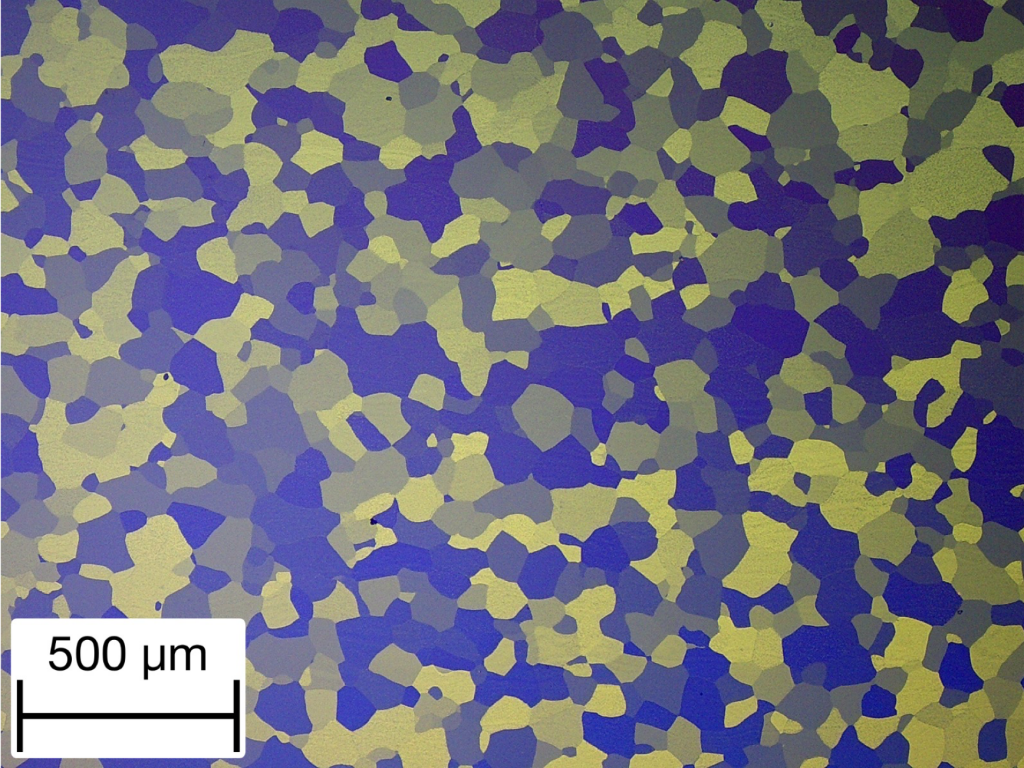Materialography, originally known as metallography, is the micro and macro structural examination of all solid materials. Materialography is the process of material surface preparation, to enable the visual examination or testing of a material, as required by the standard of inspection and testing or by the equipment used. Materialography is normally driven by the need to ensure a material meets the standard set by its desired application or treatment, or in a reverse approach to investigate why a material failed in service. It is often seen as the connection between material science and engineering, so from the research and development of a material to its application and performance in real life.
The objective of the materialographer is to obtain a representative material microstructure to that which existed before the sample structure was disturbed. The process of cutting, grinding and polishing causes the material surface to become deformed and modified. By understanding the mechanical, and in some cases chemical, processes involved with the materialographic process, a method specific for that material can be developed to minimise surface deformation. Although a surface without any deformation is technically impossible to achieve, a material microstructure exhibiting minimal or inconsequential deformation and artefacts is possible.
Different materials but with similar properties such as hardness, ductility and toughness can normally be prepared following a similar preparation method. A representative sample is normally required from a component or test piece, so a series of cutting operations is needed to reduce the sample in size adequate for handling. Often it is necessary to mount the sample in a polymer resin, either for better handling or to fit dedicated automated machines, known as grinder polishers. A sequence of grinding and polishing steps is followed to a prescribed method, so that at each stage the appropriate and controlled amount of material is removed. Leading each step the sample should have the minimal amount of surface deformation. Often, sample preparation becomes more complicated and difficult the less homogenous a material. That can be due to different structural phases or material components, such as circuit boards, coatings or composite materials.
Course grinding with fixed abrasive particles, usually SiC or diamond, is followed by fine grinding with free moving particles usually diamond. At each consecutive step the abrasive particle size reduces in size and in doing so, less material is removed than the previous step. For polishing, a fabric or fibre material is used with free moving diamond dosed on to the surface. Like with grinding and fine grinding, at each step the particle size is reduced removing less material each time. The final polish is a continuation of the polishing process, apart from this time the smallest abrasive particle size is used. Although the abrasive is often diamond, colloidal silica and aluminium oxide abrasives is also used.
Etching is not always required as in many cases information can be gained from the as polished surface. However when required, etching reveals phases and more structural detail, especially in metals. An etchant is a chemical solution and is specific for the material. The sample is either submerged in the etchant or the etchant is allowed to flow over the surface and given enough time to chemically interact with the sample surface. The etchant, which is often an acid, reacts with a particular phase or component of the material, and in doing so it either changes in colour or contrast. This is particularly important when observing the sample under a light microscope, as a great deal of extra information about the material is revealed.
The basic sequence of materialographic sample preparation is:-
- Cutting
- Mounting
- Grinding
- Fine grinding
- Polishing
- Final polishing
- Etching (if required)
- Examination and/or testing
